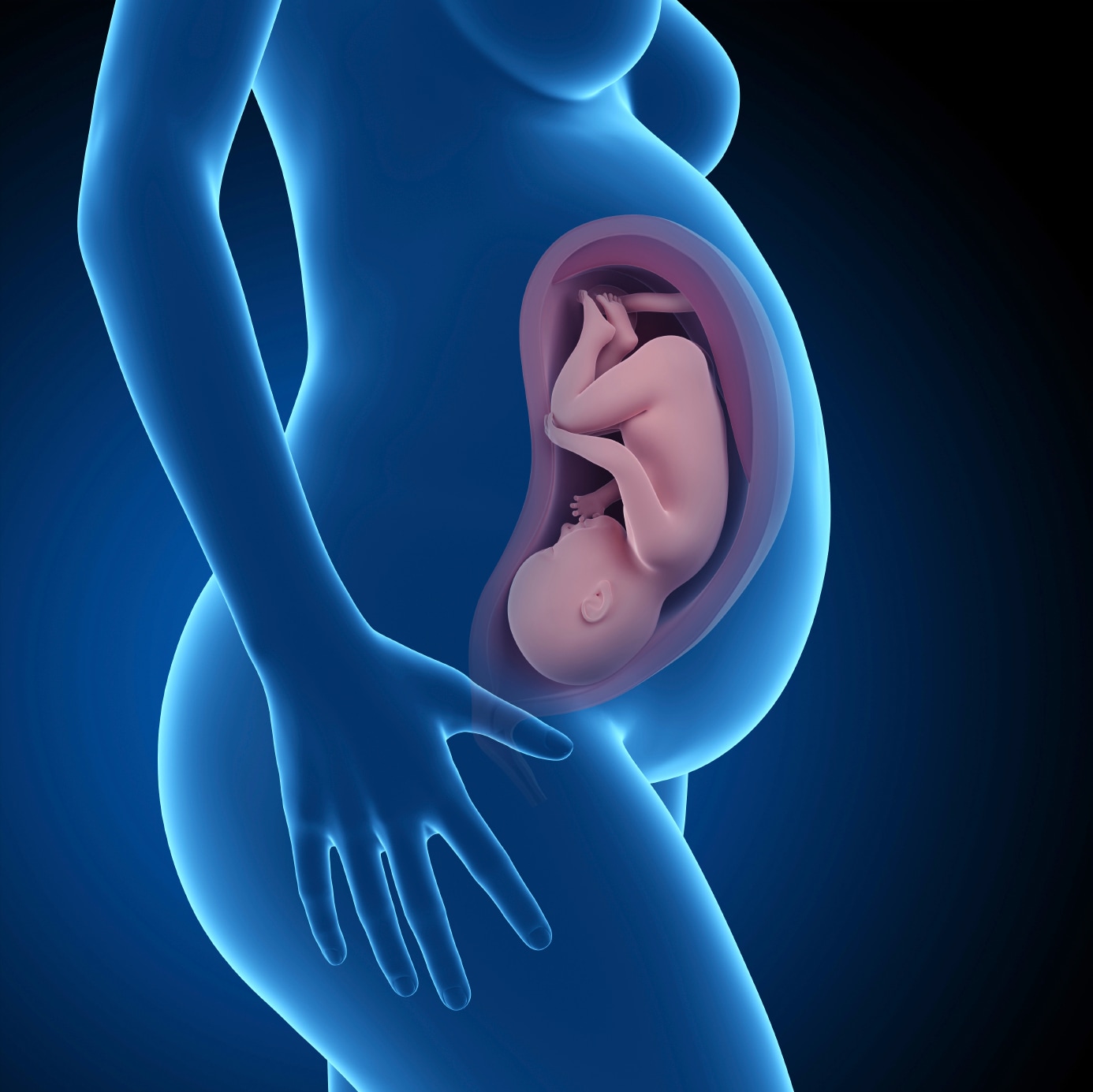Takeaway
- Pregnant women with pre-eclampsia (PE) and/or foetal growth restriction (FGR) have distinctly different or even opposing cardiovascular characteristics with no association to gestational age at onset.
- Compared with healthy pregnancies, those with only PE have higher cardiac output (CO) and lower peripheral vascular resistance (PVR) whereas those with FGR only have higher PVR.
- Co-existence of PE and PVR leads to a cardiovascular phenotype resulting in higher PVR and lower CO vs FGR only.
Why this matters
- Existing guidelines for management of hypertension during pregnancy focus only on BP targets without distinguishing between PE and FGR.
- Targeted therapies according to cardiovascular phenotypes would be more helpful.
Study design
- This prospective cohort study compared 45 pathological pregnancies (only PE, 14; FGR only, 16; both PE and FGR, 15) with 107 healthy pregnancies.
- Funding: None disclosed.
Key results
- Women with PE vs healthy pregnancy had higher CO Z scores (1.87±1.35; P=.0001) and a lower PVR Z scores (−0.76±0.89; P=.025).
- Women with only FGR had significantly higher PVR Z scores (0.57±1.18; P=.04), whereas those with both PE and FGR had lower CO Z scores (−0.80±1.3; P=.007) and higher PVR Z scores (2.16±1.96; P=.0001).
- Augmentation index and pulse wave velocity were higher in all women affected by PE and/or FGR.
- In women with PE, CO was positively associated with Z score birth weight (r, 0.42; P=.03).
- No such association was observed in women with FGR only (P=.31).
Limitations
- Time consuming examinations limited number of participants.
References
References



